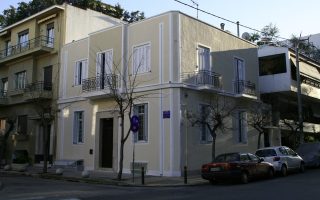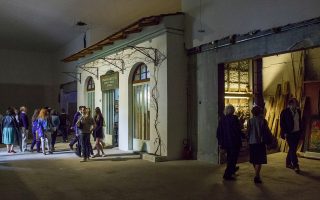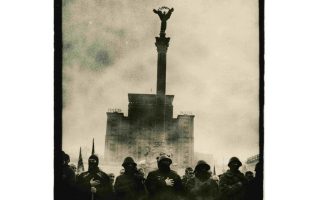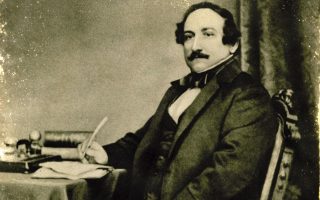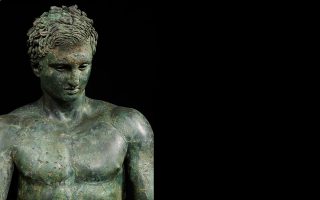‘Faces’: The enduring power of the portrait
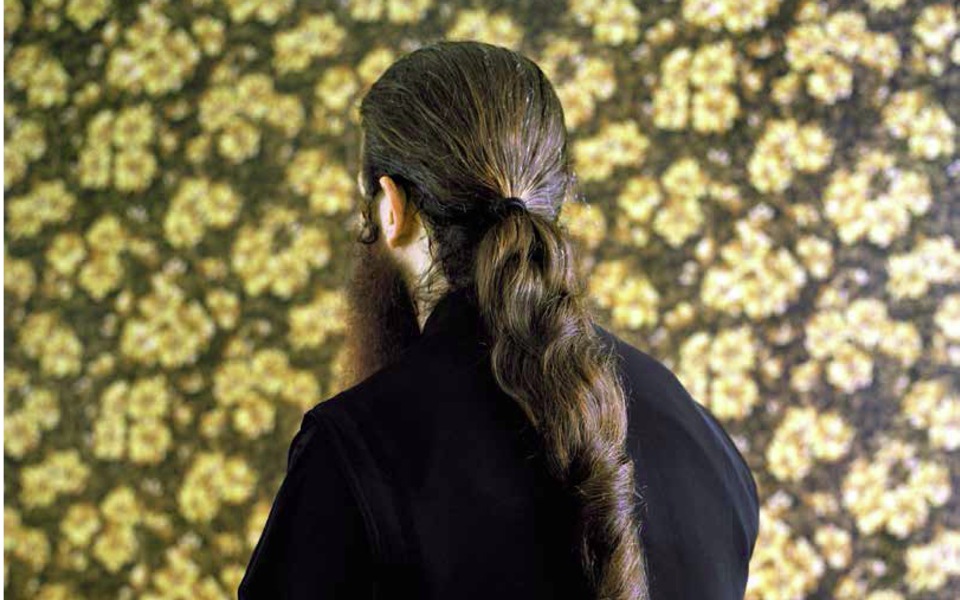
Shortly before he died, curator Jan Hoet authorized Belgian photographer Stephan Vanfleteren to take a photo of him after his death. In this way, a powerful, black-and-white portrait of the deceased curator became part of the history of art, following a long tradition of images exploring the futility of life from the Middle Ages up to the present day.The images on display in “Faces: European Portrait Photography since 1990,” at the Thessaloniki Museum of Photography, tell some intriguing stories. Whether sad or hopeful, they comprise the different facets of daily life, making their point in a direct and eloquent fashion.
A number of leading European photographers with a solid understanding of portraiture’s traditions as they developed through the ages are taking part in the show, which was initially presented in Brussels before traveling to Rotterdam.
The exhibition was co-produced and co-organized by Belgium’s BOZAR Center for Fine Arts, the Nederlands Fotomuseum and the Thessaloniki Museum of Photography – the only museum exclusively dedicated to the art of photography in Greece.
The show features over 200 works by 32 photographers from 20 countries, including a number of celebrated and pioneering artists. On display are a number of portraits by Thomas Ruff, works resembling identity card head shots, a technique with which the German photographer influenced the genre in the 1980s. The show also features photographs by leading Dutch artist Rineke Dijkstra, who during the 1992-2002 period visited beaches around the globe and took pictures of young people striking poses reminiscent of paintings by great masters such as Vermeer, Botticelli and Manet.
Works by Ukraine’s Sergey Bratkov confront taboo subjects, such as children who are bought and sold for sex, in their depictions of young boys and girls, while Dutch photographer Anton Corbijn presents black-and-white images of celebrities, including Lucian Freud, Marianne Faithfull and Isabella Rossellini.
Vangelis Ioakeimidis, director of the Thessaloniki museum, included three Greek artists in the show – Konstantinos Ignatiadis, Stratos Kalafatis and Nikos Markou – not an easy task considering that larger European countries are represented by fewer artists.
While plenty has been written about the show, the exhibition’s chief curator captures its essence: “The portrait has an effect on our experience of being human. It appeals to our sense of humanity. It postulates an identity for the other person or it raises questions, which leads to a degree of empathy as we put ourselves, rationally or emotionally, in the depicted person’s place. Secondly, in questioning our identity as a beholder, the portrait acts as a mirror. We have to relate to the other, and in doing so, we see ourselves. This happens only if the image of that other person is a credible one.”
———-
The show runs through February 28, 2016. For more information, visit www.thmphoto.gr.
